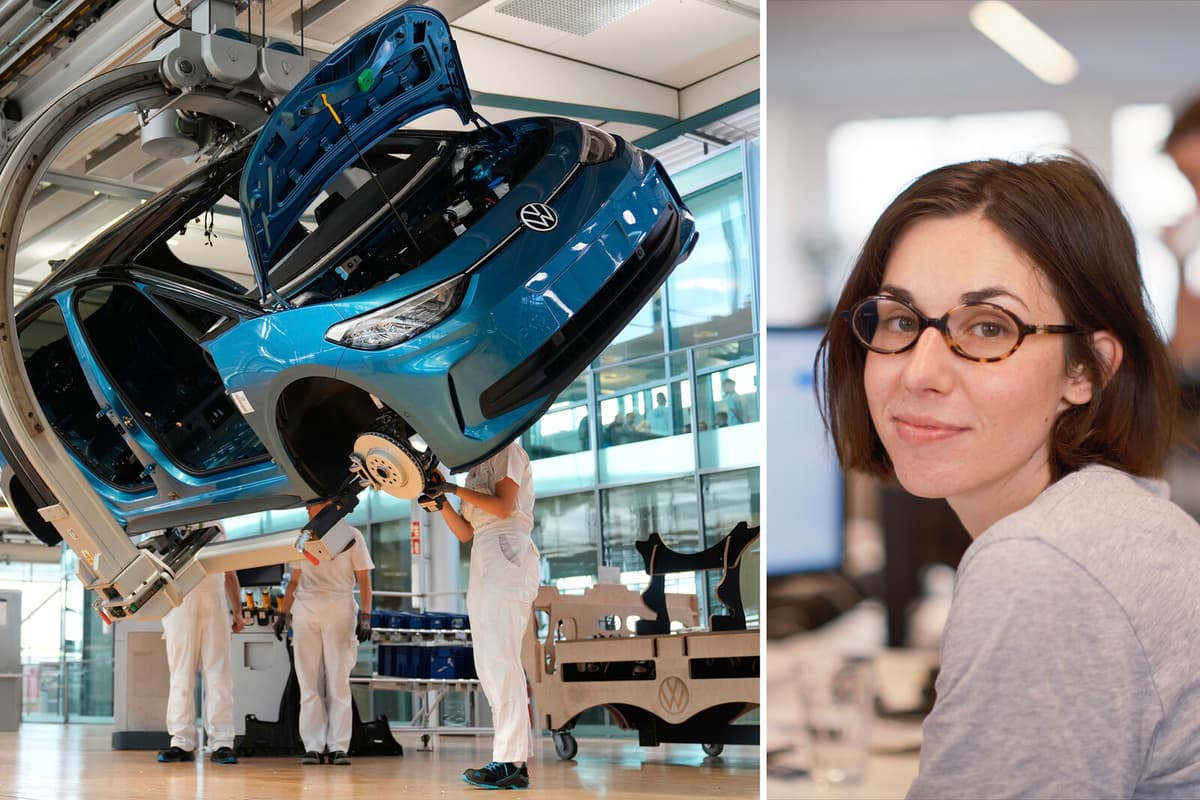”Global markets are flooded with cheap Chinese electric cars”, chanted the EU Commission President Ursula von der Leyen in a speech last autumn. Then, the EU met the extensive export of electric cars from China by introducing heavily increased tariffs on Chinese electric car manufacturers.
Now, when tariff negotiations between the US and China have been preceded by three-digit tariff threats, the risk of a Chinese export flood is raised again, which, when braked by US tariffs with greater force, flows towards the EU.
Price pressure has begun
In their quarterly reports, several listed engineering companies also showed a consistent view: The price pressure in Europe has begun. In risk analyses, concerns are raised about China, as a result of the US tariffs, starting to export goods to Europe to an even higher degree. Something that Molly Guggenheimer, equity strategist at Danske Bank, fears can dump the market for companies in the EU. To brake this, she believes that the EU may need to set up trade tariffs against China.
The trade relationship between the EU and China has changed since the pandemic. We have started competing for the same groups of goods, such as cars, says Molly Guggenheimer.
The EU's sales to China have been weak for many years, while exports from China to the EU have increased.
TT: But to set up trade barriers such as tariffs, would that not be to take Trump's (protectionist) path?
Yes, but free trade is something that countries conduct together. If one country breaks this, like the US, the conditions change. If China starts price dumping here, companies will have problems. Then the EU may need to protect our industry, says Molly Guggenheimer.
If the EU's economy is to grow, one must safeguard its competitiveness, she means.
If China starts competing with goods that the EU sells, but which China sells at a much lower price, it may be justified with tariffs from the EU's side, says Molly Guggenheimer.
Goes against the idea of free trade
That China, despite overcapacity in industrial production, is stepping on the gas in its manufacturing industry and, with state-subsidized growth at its back, is expanding its capacity and betting on exports, is seen by many analysts as a deliberate model from China's side. A model with the purpose of dumping prices and thus knocking out competitors. In such a narrative about China, many mean that tariffs are the only antidote, according to Björn Cappelin, group manager at the National Knowledge Centre on China.
At the same time, many countries have a resistance to the fact that we should need to protect certain industries with the help of tariffs. They are historically tied to the idea of free trade, he says.
Ebba Blume/TT
Facts: EU China's main trading partner
TT
The tariff pause between the US and China has been extended until August 12. The negotiations between the US and China have been preceded by threats of high tariff rates from both sides.
In May this year, China agreed to reduce tariffs on American goods from 125 percent to 10 percent, while the US agreed to reduce tariffs on Chinese goods from 145 percent to 30.
If no agreement is reached, the US threatens to respond again with 100 percent tariffs. China, however, has a strong negotiating card in its strong position regarding the extraction and production of rare earth metals, which the US (like the EU) is dependent on.
According to the National Board of Trade, imports from China to the EU are estimated to increase by only about five percent due to the US tariffs.
China is the EU's third largest trading partner in terms of goods and services combined, while the EU is China's main trading partner.
In 2024, the EU exported goods to China to the value of 213.2 billion euros and imported goods to the value of 519 billion euros.
Sources: EU Commission, Eurostat, and National Board of Trade.






